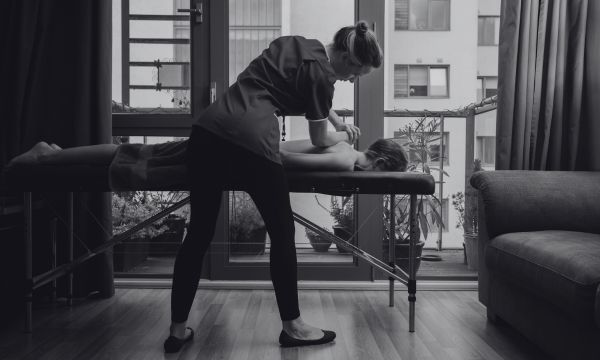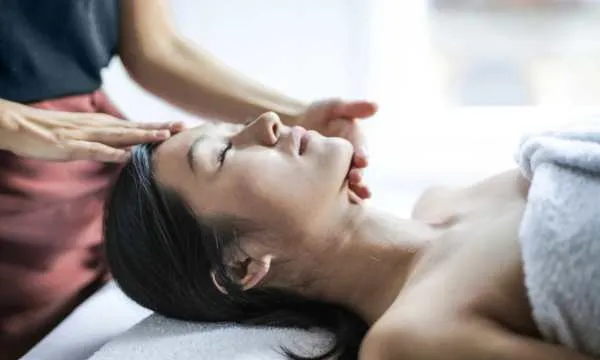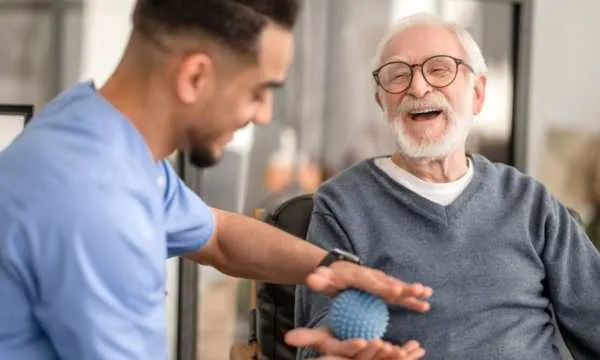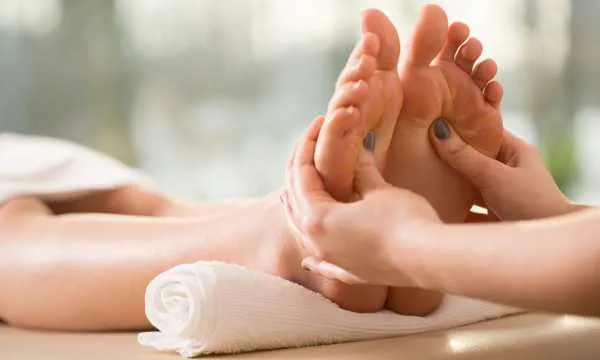Sports massage is a type of therapeutic massage that is specifically designed to help athletes and amateurs alike to improve their performance and prevent injuries.
Ad
It is a technique that has been used for many years to help athletes recover from injuries, improve their flexibility, and reduce muscle soreness and tension. Sports massage can be an effective strategy for anyone who wants to improve their physical performance, whether they are a professional athlete or a weekend warrior.
The goal of sports massage is to help athletes and amateurs to achieve their full potential by improving their range of motion, reducing muscle tension and soreness, and enhancing their overall physical performance.
Ad
It is a technique that is often used in combination with other therapies, such as physical therapy and chiropractic care, to help athletes recover from injuries and prevent future ones.
Sports massage therapists use a variety of techniques, including deep tissue massage, trigger point therapy, and myofascial release, to help athletes achieve optimal performance and reduce the risk of injury.
Ad
Understanding Sports Massage
Benefits for Athletes
Sports massage is a type of massage therapy that is designed to help athletes prepare for and recover from athletic activities. It can help athletes improve their performance, prevent injuries, and reduce muscle soreness and fatigue.
Athletes who receive regular sports massages may experience improved flexibility, range of motion, and circulation, which can lead to better overall performance.
Benefits for Amateurs
Sports massage is not just for professional athletes. Amateurs who participate in sports or other physical activities can also benefit from sports massage.
It can help reduce muscle soreness and fatigue, improve flexibility, and prevent injuries. Regular sports massages can also help amateurs improve their overall performance and achieve their fitness goals.
Key Massage Techniques
There are several key massage techniques that are used in sports massage. These techniques include:
- Effleurage: A light, gliding stroke that is used to warm up the muscles and prepare them for deeper massage.
- Petrissage: A kneading and squeezing technique that is used to release tension in the muscles.
- Friction: A deep pressure technique that is used to break up knots and adhesions in the muscles.
- Tapotement: A tapping and pounding technique that is used to stimulate the muscles and increase circulation.
- Stretching: A technique that is used to improve flexibility and range of motion.

Key-Massage-Techniques – Source(Canva)
Sports massage therapists may use a combination of these techniques to help athletes and amateurs achieve their goals. It is important to find a qualified sports massage therapist who is experienced in working with athletes and understands the specific needs of each individual.
Preparation and Best Practices
Client Assessment
Before beginning a sports massage session, it is important to assess the client’s needs and goals. This includes discussing any injuries or medical conditions that may affect the massage, as well as determining the client’s level of physical activity and training regimen. A thorough assessment can help the therapist tailor the massage to the client’s specific needs and ensure a safe and effective session.
Creating a Conducive Environment
Creating a comfortable and relaxing environment is essential for a successful sports massage session. This includes setting up a comfortable massage table with clean linens, dimming the lights, and playing soothing music. It is also important to communicate with the client throughout the session, checking in on their comfort level and adjusting the pressure and technique as needed.
Hygiene and Safety Standards
Maintaining high hygiene and safety standards is crucial for any massage therapist. This includes washing hands thoroughly before and after each session, using clean linens and towels for each client, and disinfecting any equipment used during the massage. It is also important to follow proper body mechanics and avoid any techniques that may cause injury to the client or therapist.
Overall, by following these best practices, a sports massage therapist can provide a safe and effective massage that meets the needs of both athletes and amateurs.
Tailoring Massage Strategies
Adapting to Different Sports
Sports massage therapists must be knowledgeable about the specific demands and movement patterns of different sports to tailor their massage strategies accordingly.
For instance, a cyclist may require more focus on the lower body, while a swimmer may need more attention to the upper body. It is crucial to understand the biomechanics of each sport to optimize the massage experience for the athlete.
Addressing Common Injuries
Injuries are a common occurrence in sports, and massage therapy can be an effective tool for addressing them. For example, runners may experience tightness in their calves, while tennis players may suffer from elbow pain.
By understanding the common injuries associated with each sport, massage therapists can target the affected areas and help athletes recover more quickly.
Post-Event Recovery Focus
After a competition or intense training session, athletes often require a different type of massage to aid in their recovery.
Post-event massage focuses on reducing muscle soreness, increasing circulation, and promoting relaxation. It is essential to understand the athlete’s specific needs and adjust the massage techniques accordingly.
Overall, tailoring massage strategies to the athlete’s specific sport, injuries, and recovery needs is crucial for providing efficient and effective massage therapy.
By understanding the athlete’s unique demands, massage therapists can optimize their massage techniques to help athletes perform at their best.
Building a Sports Massage Practice
Marketing to Target Audiences
To build a successful sports massage practice, it is essential to identify and market to your target audience. Athletes and amateurs have different needs and goals, and it is essential to tailor your marketing efforts accordingly. Some effective marketing strategies include:
- Creating a website that showcases your services and expertise.
- Networking with local sports teams and fitness centers to build relationships and gain referrals.
- Offering promotions or discounts to new clients to encourage them to try your services.
- Utilizing social media platforms to reach a wider audience and share valuable information about sports massage.
Client Retention Strategies
Retaining clients is crucial for building a sustainable sports massage practice. To keep clients coming back, it is essential to provide exceptional service and create a positive experience. Some effective client retention strategies include:
- Providing personalized treatment plans that address the unique needs and goals of each client.
- Offering loyalty programs or referral incentives to encourage clients to return and refer others.
- Maintaining open and consistent communication with clients to ensure their satisfaction and address any concerns.
- Continuing education and professional development to stay up-to-date with the latest techniques and trends in sports massage.
Professional Development
Continuing education and professional development are essential for building a successful sports massage practice. It is essential to stay up-to-date with the latest techniques and trends to provide the best possible service to clients. Some effective strategies for professional development include:
- Attending workshops, seminars, and conferences to learn new techniques and network with other professionals.
- Reading industry publications and staying informed about the latest research and developments in sports massage.
- Seeking out mentorship or coaching from experienced professionals to gain valuable insights and guidance.
- Obtaining certifications or advanced training to demonstrate expertise and credibility in the field.


